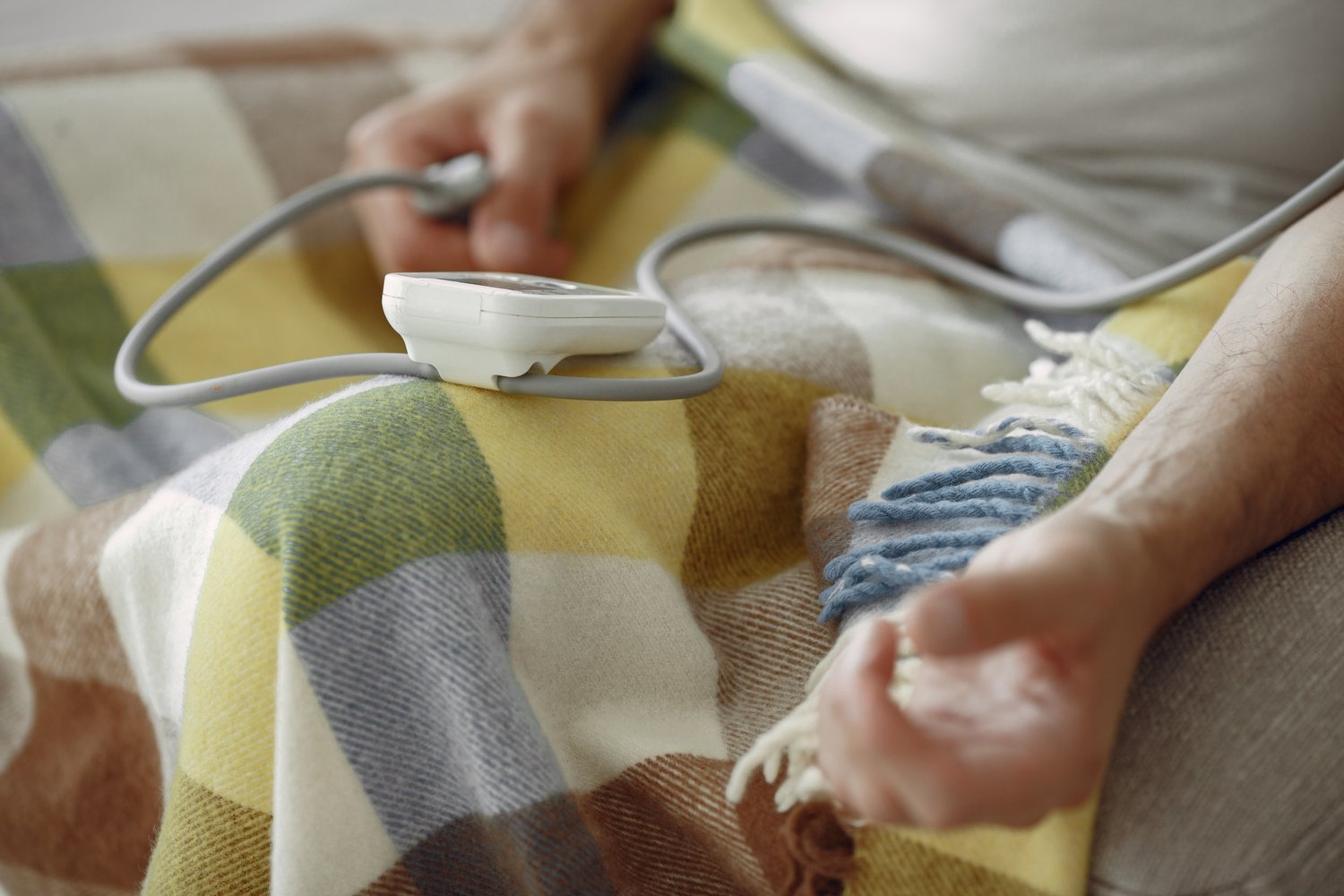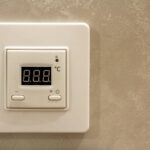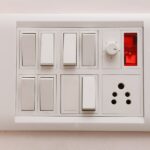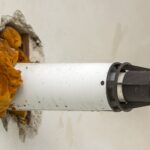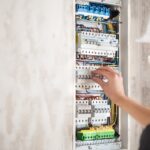When the nights get colder, there’s nothing quite like the welcoming warmth of an electric blanket. But what if your trusty blanket doesn’t heat evenly, leaving you with lukewarm patches? Understanding the problem is the first step to a solution. In this article, you’ll uncover the common causes of uneven heating and learn how to address them without compromising safety.
- Understanding Uneven Heating: Discover the potential reasons behind uneven heating, including faulty wiring and thermostat issues.
- Checking for Faulty Wiring: Learn how to safely inspect your electric blanket for wiring problems, preventing further complications.
- Repair or Replace: Explore safe and effective steps for repairing your blanket, or know when it’s time to purchase a new one.
By the end of this guide, you’ll be equipped with the knowledge to ensure your electric blanket remains both cozy and safe, addressing any uneven heating challenges with confidence.
Understanding Uneven Heating in Electric Blankets: Safety and Repair Guide Insights
Electric blankets offer a cozy refuge during cold nights, but when they heat unevenly, it can diminish their comfort and effectiveness. Understanding the common causes can save time and ensure safety. One major contributor to uneven heating is faulty wiring. Damaged or worn-out wires can disrupt the energy flow, leading to inconsistent heat distribution.
Thermostat issues also play a critical role. A malfunctioning thermostat may fail to regulate the temperature correctly, resulting in sections of the blanket becoming too hot or not warm enough. Additionally, over time, blanket wear and tear from regular use can affect its performance. Cracked or exposed wiring, often visible through the fabric, is a telltale sign of wear that must not be ignored.
Proper maintenance and timely inspections can help pinpoint these issues early on, preventing further damage and potential safety hazards. By learning to identify these problems, users can address them promptly, ensuring that their electric blanket remains both safe and functional.
Checking for Faulty Wiring in Electric Blankets
To maintain the efficiency and safety of your electric blanket, regular inspections for wiring issues are essential. Begin by turning off and unplugging the electric blanket to ensure safety during the examination. This precaution prevents any electrical shock or further damage while you inspect the blanket.
Carefully spread out the blanket on a flat surface and inspect for any visible damage such as frayed wires, loose connections, or burnt patches. These are clear indicators of faulty wiring that can lead to uneven heating or even pose fire hazards if left unaddressed.
If you spot any signs of wear or damage, it’s advisable to refrain from using the blanket until it has been professionally repaired or replaced. Regular checks will not only extend the lifespan of your electric blanket but also ensure it heats evenly and remains a reliable source of warmth.
Steps to Safely Repair or Replace Your Electric Blanket: A Comprehensive Guide
Repairing or replacing an electric blanket requires careful consideration to ensure safety and effectiveness. Whether you’re dealing with electric blanket not heating evenly or seeking the safest way to restore its functionality, the following guide provides crucial insights.
Start by examining the power cord and plug for signs of damage. If you notice fraying or cuts, it might be necessary to replace these components using compatible parts from the manufacturer. This prevents further issues and maintains safe operation.
Next, assess the internal wiring. Gently feel along the blanket for any unusual lumps or thin spots that may indicate broken wires. Use a multimeter to test continuity if you suspect any breaks. Always disconnect the blanket from the power source before inspecting the wiring to avoid accidents.
If the blanket’s heating is inconsistent, the thermostat might be faulty. Check the control unit for damage. Loose connections or broken controls could cause uneven heating. In such cases, replacement of the thermostat or control unit is advisable to regain consistent heat distribution.
When simple repairs don’t improve performance, consider if replacing the blanket is a safer, more cost-effective option. Modern electric blankets often come with energy-efficient heating features and enhanced safety controls, making them a worthy investment for long-term use.
Prioritize using replacement parts certified by the original manufacturer to ensure compatibility and maintain safety standards. If a replacement seems overwhelming, consult a professional electrician or the blanket’s manufacturer for expert guidance.
Remember, your safety should always come first when dealing with electrical appliances. By taking these steps diligently, you can ensure that your electric blanket remains a reliable and safe source of warmth during cold months. Share your repair experiences and solutions to help others facing similar issues.
Frequently Asked Questions About Electric Blanket Heating Issues
Why does my electric blanket have cold spots?
Faulty wiring and damage: Cold spots often result from broken or damaged cables disrupting the flow of electricity.
Is it safe to use an electric blanket with uneven heating?
Not recommended: Uneven heating can indicate electrical issues, so it’s best to stop using the blanket until it’s repaired or replaced.
How can I check for wiring damage in my electric blanket?
- Inspect wires for breaks or frays.
- Feel for unusual bumps or overheating areas.
Can I repair an electric blanket myself?
DIY precautions: Minor repairs are possible, but if you’re unsure or it’s a major issue, replacing or consulting a professional is safest.
When should I replace my electric blanket?
- If repairs don’t resolve heating issues.
- If it’s over ten years old.
- Frequent electrical problems arise.

